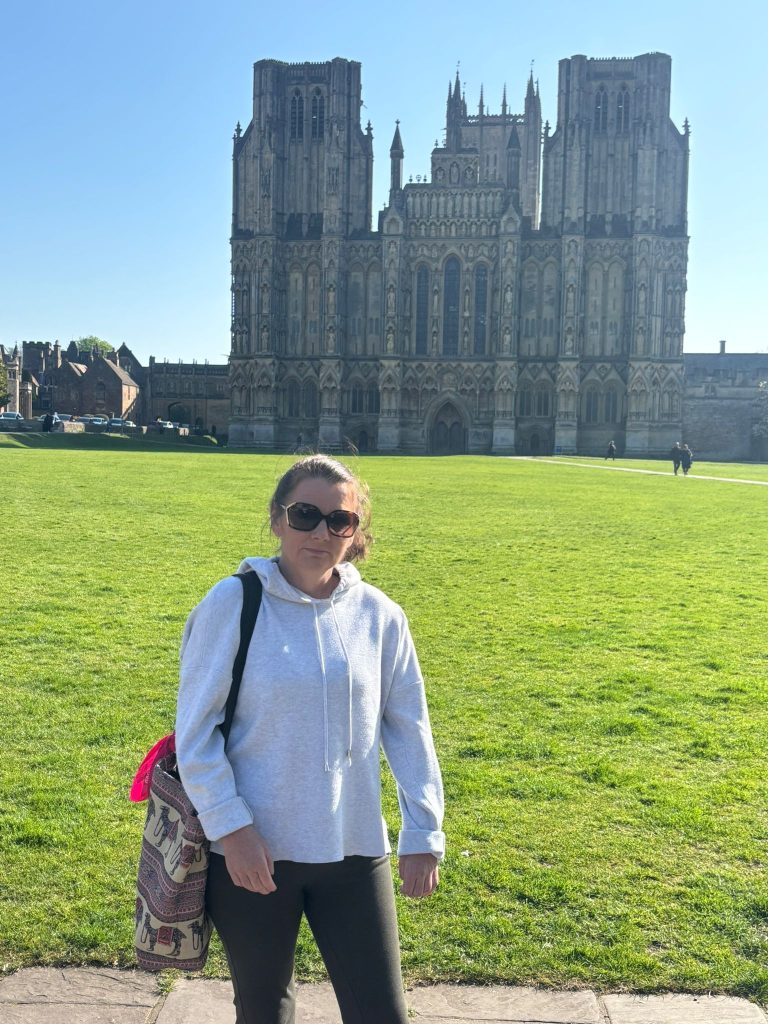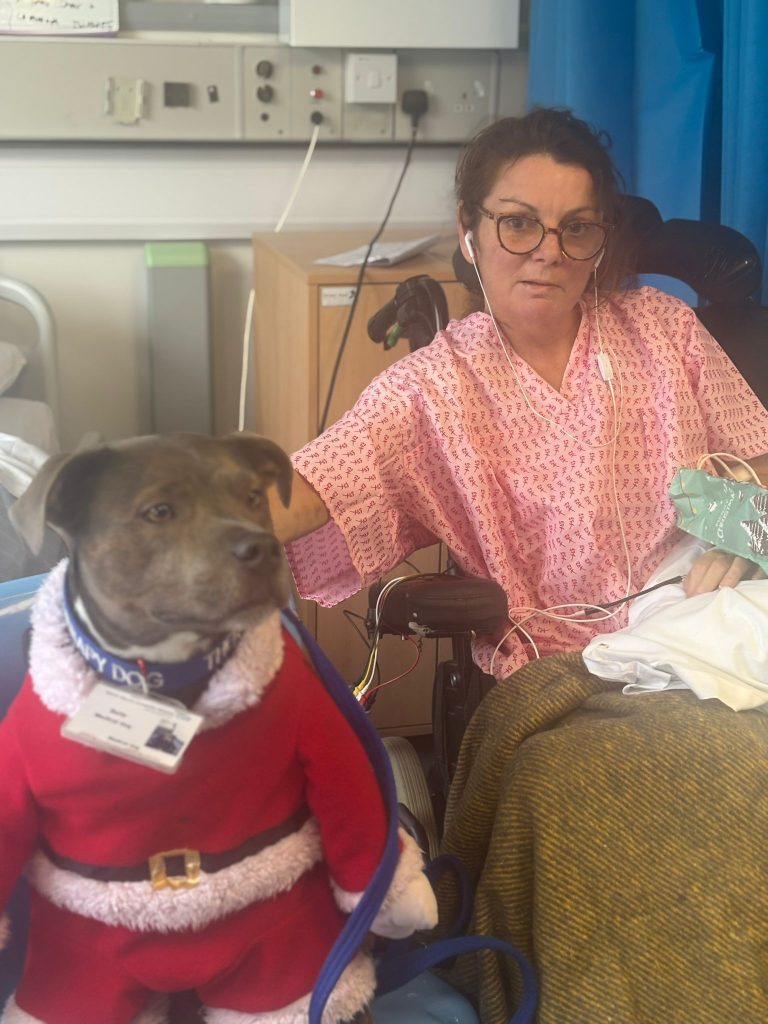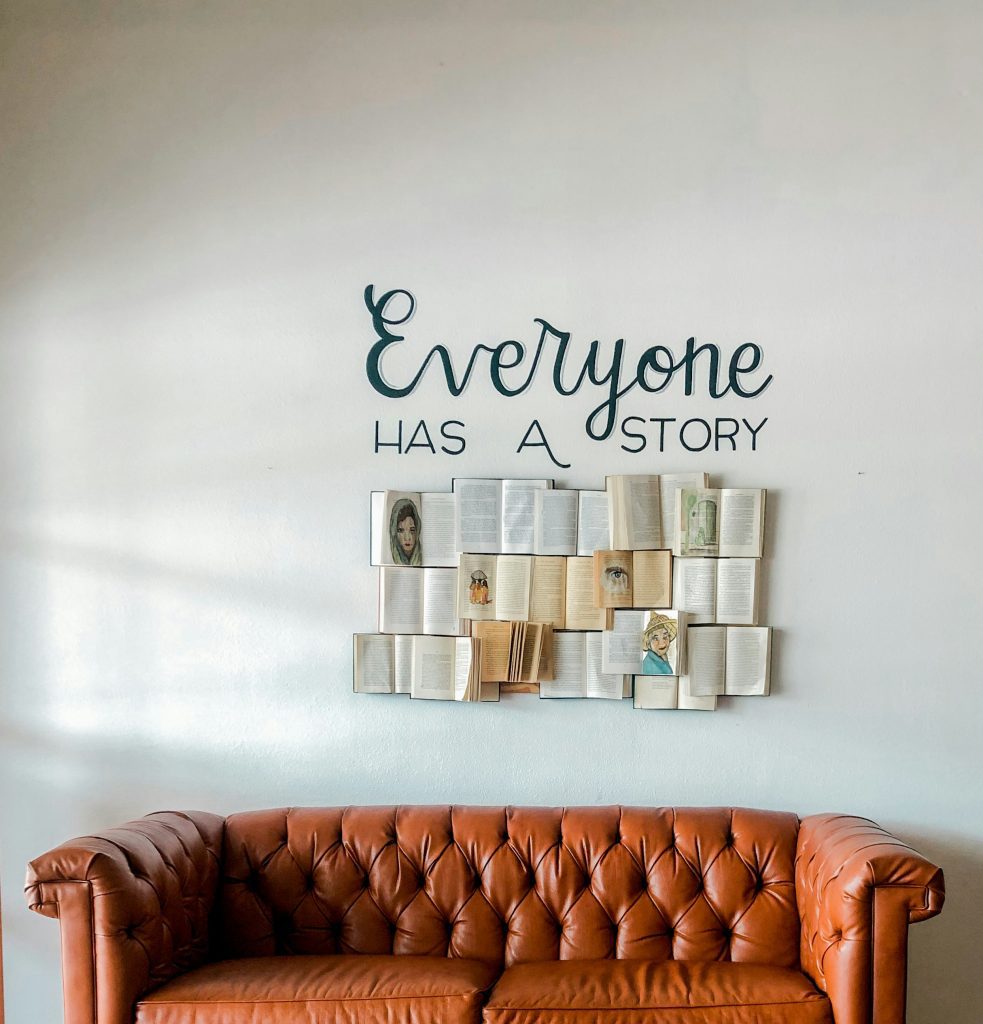People say that personal stories stay in their minds.
Today, I wish to call upon this truth and share Jacqui’s story, that of a 49-year-old high flyer. This gorgeous lady with a wicked sense of humour will present her perspective on this life-changing condition that we see way too often.
The manic pace of living, high level of stress, and ever pressing expectations of high performance lead to many strains on our bodies. Along with less healthy dietary and lifestyle choices, these could contribute to ever-rising risks of Stroke.
I will leave you here as Jacqui presents the subject best.
Strokes Don't Just Happen to "Other People"
Did you know that around 150,000 people in the UK have a stroke every year?
Of those, only about 100 are between the ages of 40 and 50, and the numbers are growing.
I’m one of them.
Most of us associate strokes with older people — something that happens later in life, to someone else. But the truth is, a stroke can hit anyone at any time. You never think it’ll happen to you… until it does.
The Two Main Types of Stroke:
- Ischaemic Stroke (≈85%): caused by a blood clot blocking blood flow to the brain.
- Haemorrhagic Stroke (≈15%): caused by bleeding in the brain.
The second is medically considered more severe — but speak to anyone who’s had either, and they’ll tell you: every Stroke is serious.
Because every Stroke is life-changing. One day, you’re fine. The next, you’re not.

Here's what a stroke can take from you — instantly:
- You may lose control of your bladder or bowels
- You might not be able to walk
- You may not be able to speak
- You could lose the use of one or both arms
- Eating or drinking might become impossible
- You might forget how to read — your brain just blanks it out
- Your short-term memory may vanish
- Simple daily tasks like washing, dressing, or making a cup of tea become overwhelming
- Your personality might change
- Your emotions can become unpredictable
Not everyone experiences all of these — but even a few can be life-altering.
In my case, I was completely paralysed on my left side. I had to learn to walk again. To this day, I still can’t use my left arm or hand.
So before you scroll on, take a second to appreciate this: I typed this entire article with one hand. And no — it wasn’t easy.
Seven Months On: Gratitude and Grit
I’ve been incredibly lucky to have the support of my family, friends, and colleagues over the past seven months. They’ve been in my corner every day — cheering me on, reminding me I’m making progress, even when I can’t see it myself.
Some Key Terms That Matter
Neuroplasticity: The brain’s ability to change and adapt by forming new connections. It’s how we relearn, recover, and grow after injury.
Neuro fatigue: An intense mental tiredness after brain injury — even small tasks can leave you completely drained.
Emotional lability: Sudden, intense emotional reactions (like laughing or crying) that don’t always match the situation. It’s the brain’s emotional control system struggling to keep up.
Life in Hospital
I spent 7.5 weeks in hospital. The early days were the toughest. I couldn’t walk, so I had to be moved using a Sara Steady — a kind of standing aid. (I nicknamed it the Hannibal Lecter trolley.)
Worth noting: most wards have just one nurse for every 12–15 patients. That’s not a complaint — just the reality. And it teaches you patience, humility, and how much you depend on others when your body lets you down.

Coming Home: A New Chapter
Coming home was overwhelming in every way. I could barely take care of myself, which meant having carers visit twice a day. (At this point, it’s safe to say a lot of people have seen me naked!)
The carers weren’t just for me — they gave my husband, Gareth, some peace of mind, knowing I was safe and supported. Each day was — and sometimes still is — exhausting. Wake up. Shower. Get dressed. Eat breakfast. Take meds. Wait for physio. And that’s just the morning — it already feels like a full-time job.
Mental Exercise Matters Too
Although I didn’t suffer cognitive impairment, I made a real effort to keep my brain active. Word searches and even dot-to-dot puzzles (great for visual coordination) became part of my daily therapy
Learning to Walk Again — Carefully
In the early days, I could walk — but just about. I was wobbly and full of fear. In hospital, they even teach you how to crawl and get up again in case you fall. It’s surreal. Thankfully, I haven’t fallen yet. And every day, I grow more confident. It’s still slow and steady — but always forward.
Fast Forward a Few Months…
I’ve regained some movement in my arm, but my hand is still on strike.
My main focus remains rehab. And for someone not working, my diary is surprisingly full:
- Psychotherapy – Honestly, everyone should have this. It’s helped me process everything and put things into perspective.
- Physiotherapy – Up to 3 times a week, each session lasting an hour.
- Hydrotherapy – Another form of physio, but in a heated pool (and surprisingly hard work).
- Doctor’s Appointments – Let’s just say I’m finally getting a good return on all those years of paying National Insurance
Final Thoughts
Recovery isn’t linear. Some days you feel like you’re winning. Others feel like starting over. But if you take just one thing away from my story, let it be this:
Strokes don’t just happen to old people. And they don’t just affect your body — they reshape your entire life. So please — be kind. Be patient. You never know what someone is dealing with behind the scenes. Whether it’s visible or invisible, recovery takes time, energy, and courage.
I’m rebuilding my life — One step, one puzzle, one keystroke at a time.
You can read more about how we help with recovery from Stroke, in Sam’s Journey.
Contact us to find out how Neuro Physio Direct can take you on your recovery journey

